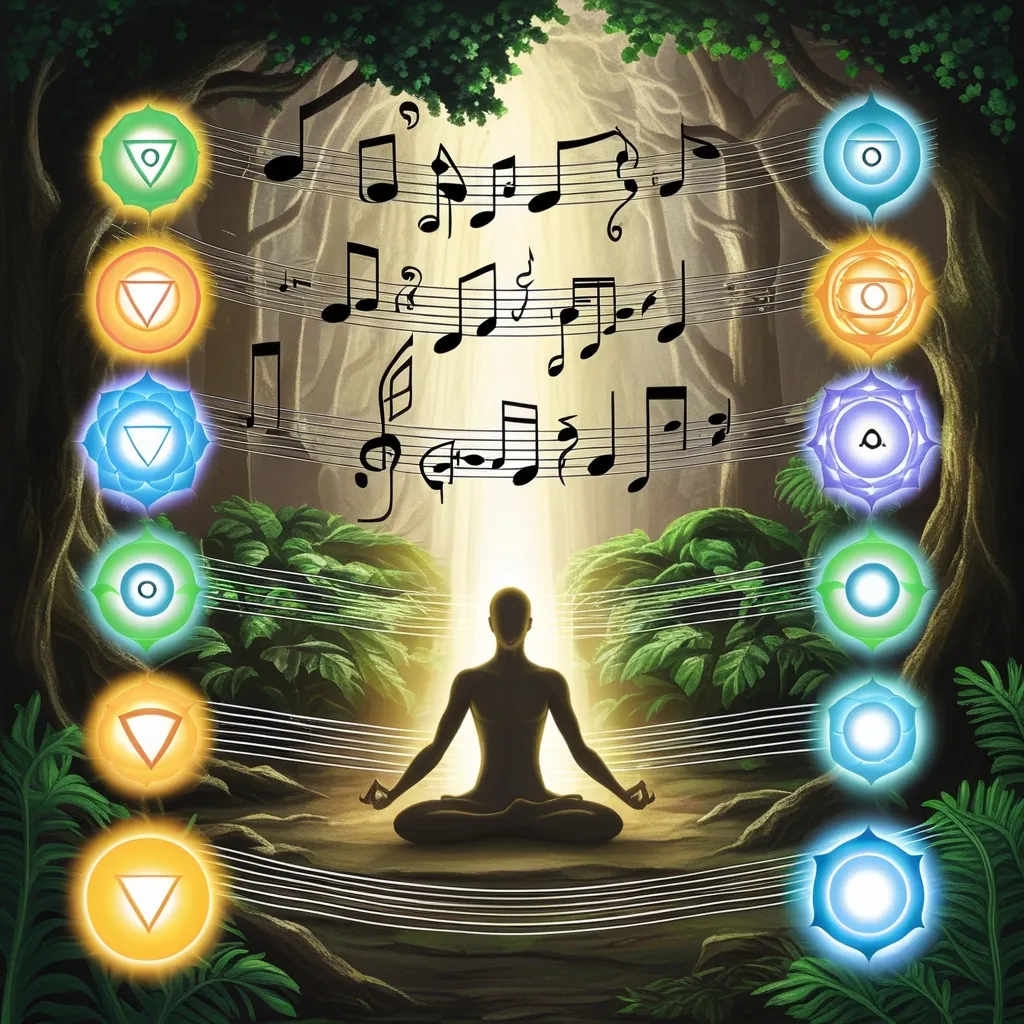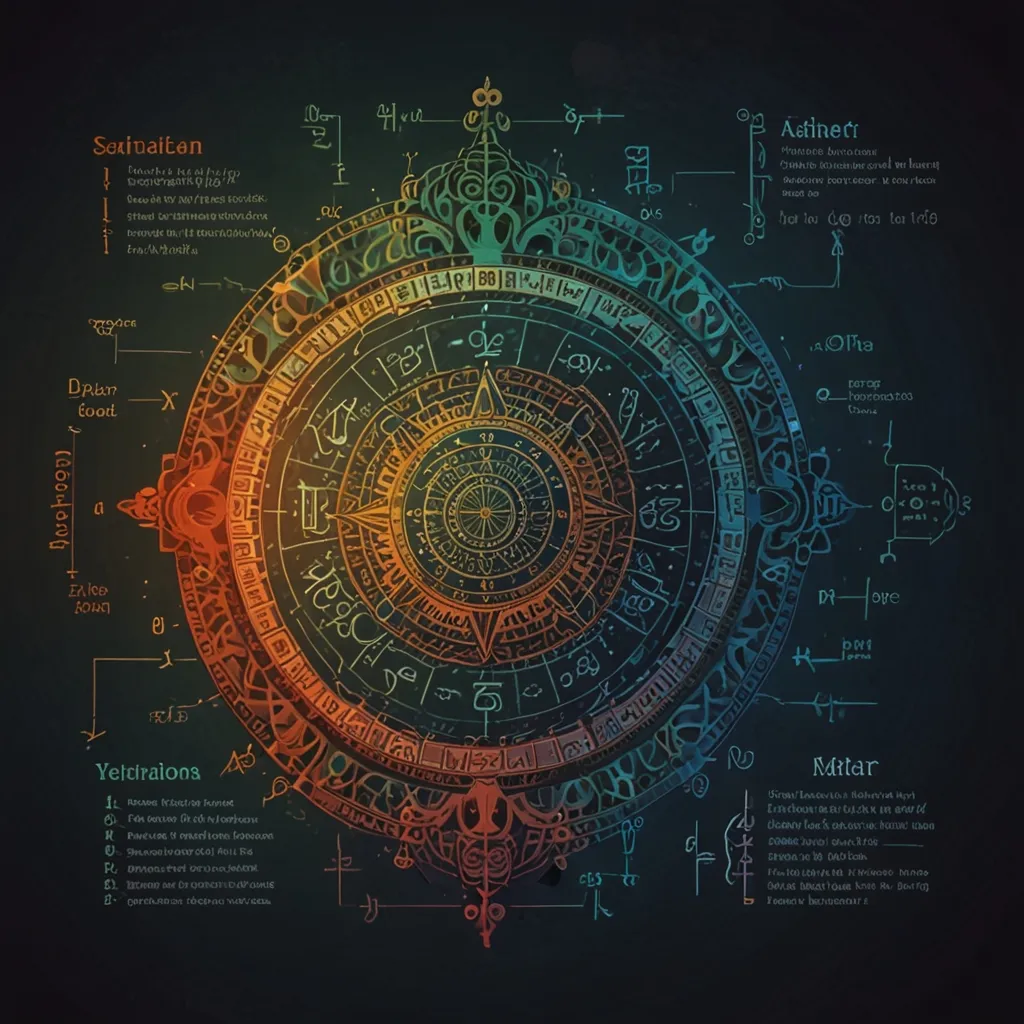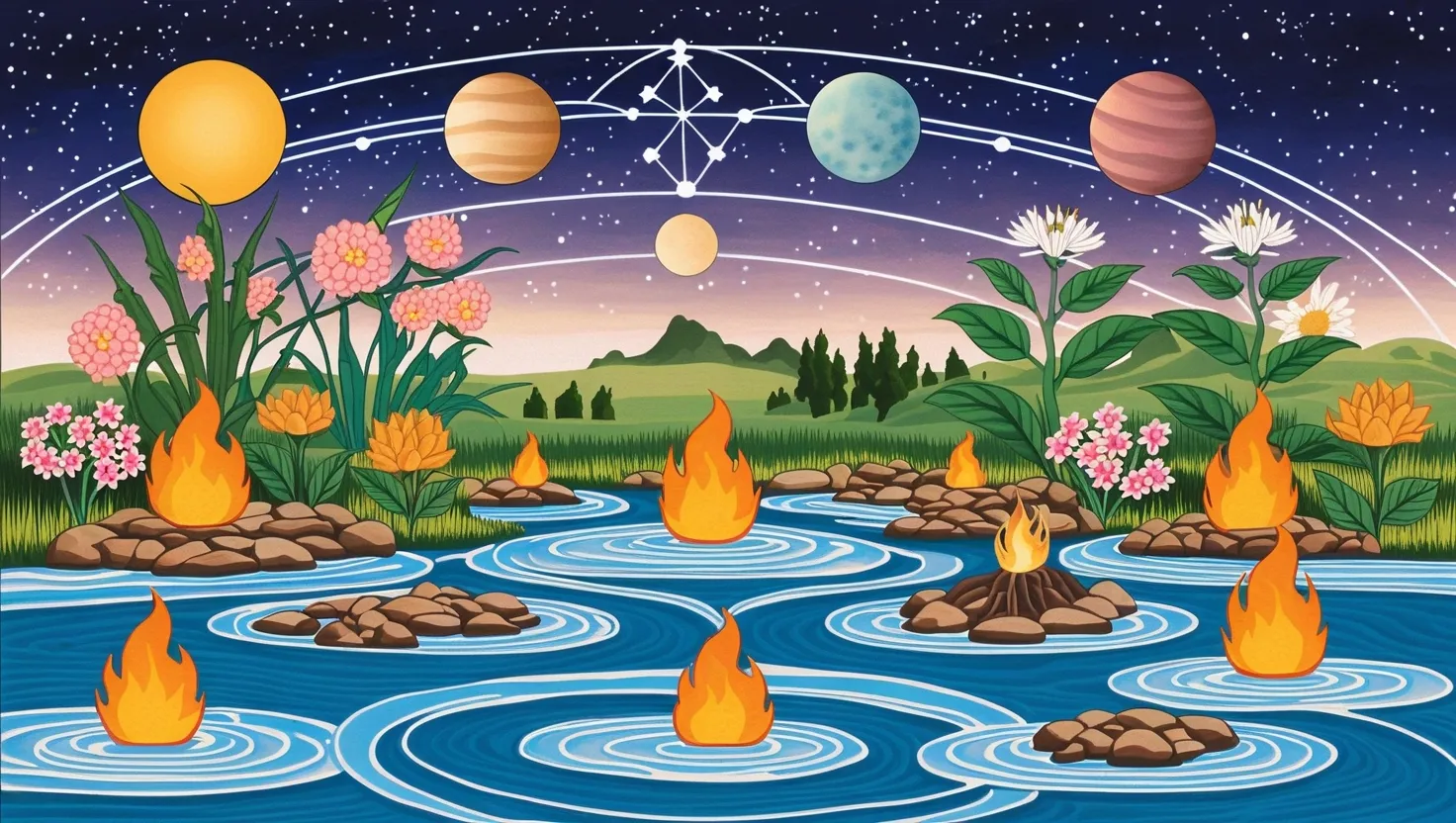In the ancient world of Hindu scriptures, the Samaveda shines bright as a beacon for those searching for spiritual growth, mindfulness, and stress relief. Just imagine it — an entire Veda dedicated to the beauty of song and melody. It’s like a spiritual mixtape designed to help anyone trying to find their center amid the chaos of life.
Now, let’s dive into the musical heart of the Samaveda. Unlike its sister Vedas, the Samaveda revolutionizes sacred verses by transforming them into musical masterpieces. This isn’t about simply reciting texts; it’s about feeling the music in every fiber of your being. The Samaveda takes sacred chants and infuses them with notes, melodic patterns, and rhythmic cycles, turning each chant into a moving musical journey. These rhythmic elements make the Samaveda a powerful tool for not just spiritual evocation but for tapping into a deeper emotional and spiritual realm.
At the very core of the Samaveda lies the Sapta Svara, which loosely translates to the seven notes. These aren’t just musical notes; they’re believed to awaken the seven chakras within the human body, nurturing a balance that resonates deep within the soul. It’s like a musical yoga session for your spiritual self, cutting across language and cultural barriers, whispering directly to your soul in a universal tune.
There’s an interesting kicking-off point when it comes to how these chants are performed. The Samaveda offers various styles, each echoing unique cultural and regional vibes. On one hand, there’s the Gramageya style - all about group harmony, and communal vibes. It’s the kind of chant you’d feel in a lively Vedic ceremony, filled with shared energy. On the other hand, Aranyageya takes a more solitary path. This style finds its strength in solitude and personal reflection, enhancing a profound connection with the divine. The diversity of these styles speaks volumes about the adaptability of the Samaveda for anyone seeking a path that truly resonates with them.
Engaging with the Samaveda isn’t just a spiritual experience; it’s inherently about living in the moment. Imagine sitting in a serene spot, focusing solely on the here and now, your breath guiding each note as you chant. The mind quiets down and the body begins to release its tensions. That’s the magic of the Samaveda. It’s an effective antidote to stress, guiding practitioners to a place of inner peace through its melodic embrace. The chants become your celestial guide, bringing with them whispers of relaxation and connecting you deeply with the universe.
A couple of potent symbols within the Samaveda help drive its teachings home. Agni, often visualized as the enlightened path, guides the seeker toward understanding. Contrastingly, Vritta represents repetitive cycles of ignorance. Together, they emphasize the perennial journey towards enlightenment and the pursuit of breaking free from ignorance. It beckons practitioners to chase knowledge and shed old, confining patterns for a harmonious existence.
But it’s not just about personal growth. The Samaveda emphasizes a beautiful message of harmony within diversity. Delving into the ten qualities of Dharma—stability, purity, forgiveness, and more—the Samaveda underscores virtues essential for a balanced existence. Through enchanting melodies and repetitive chants, practitioners are inspired to embody these virtues, enriching everyday life.
Incorporating the Samaveda into modern life is easier than one might think. Just a few minutes daily—listening, chanting, or simply letting the melodic waves wash over you—can be transformative. Instruments like the tanpura can enhance this practice, though a simple voice, your own, can be incredibly powerful. Over time, the Samaveda can seamlessly integrate into meditation routines, yoga sessions, or even quiet evenings just before sleep, bringing relief and spiritual enrichment.
Looking outwards, the Samaveda also enriches communities, especially notable in regions like southern India. There, diverse styles like the Jaiminiya recension blend into the cultural fabric, highlighting its universality and resonance across different cultures. It’s like an ancient soundscape that continues to thrive, adapting to modern lives.
The concept of sound healing is woven deeply into the Samaveda’s narrative. The use of sound for healing isn’t a fad—it’s a time-tested practice rooted in ancient wisdom. With its seven notes and rhythmic cycles, the Samaveda becomes a compelling sound healing tool, offering sessions that aren’t just therapeutic but spiritually awakening.
For anyone driven to plunge deeper, there’s a trove of educational paths available. Various programs offer insights into the Samaveda’s applications in mindfulness and sound healing, including courses on Tibetan singing bowls and other mystical instruments. These programs can equip you to lead sound healing sessions or just incorporate these timeless practices into your daily life, making the ancient wisdom of the Samaveda accessible and practical.
In the end, the Samaveda will always be more than just an ancient scripture. It’s a vibrant, living guide bridging past and present, offering a wonderful path to spiritual growth and mindfulness. Through its enchanting chants and rhythmic pathways, the Samaveda provides a compass to navigate the chaos of life, leading toward a more peaceful, harmonious existence. Whether it’s embraced individually or within a community, the Samaveda promises a journey enriched with melody and meditational magic, guiding us toward enlightenment and inner peace in our modern world.






